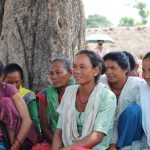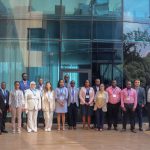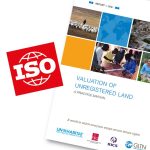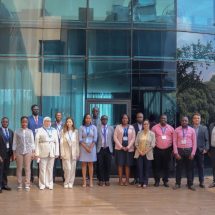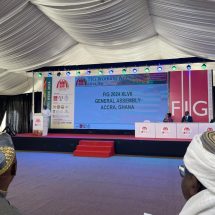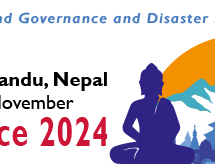In the framework of strengthening a collaboration between the Global Land Tool Network (GLTN) and the China Land Surveying and Planning Institute (CLSPI), GLTN hosted a delegation from China on an exposure visit 2–9 December 2019. The exposure visit was aimed at sharing lessons, experiences and best practices in the field of land administration and management from China and learning from GLTN’s global land interventions as well as identifying potential areas of collaboration.

The delegation led by Mr. Gao Yanli, Director General, China Land Surveying and Planning Institute; and Secretary General, China Land Science Society consisted of officials from the newly formed Ministry of Natural Resources, the Real Estate Registration Centre and China Agricultural University. GLTN’s partnership with CLSPI was formalized in 2018 with the aim of collaboration in land administration and management and establishing South-South collaboration on joint research, awareness building, capacity development and tools development.
The delegation paid a courtesy call to Victor Kisob, Deputy Executive Director UN-Habitat and chair of the GLTN’s Steering Committee. A brown bag session themed, ‘New Stage of Urban Development in China: The Urban Rural Integration’ was also organized in which the delegation presented the Chinese experience on land tenure use change in urban and rural China, the land tenure system and impact on the urban and rural economy as well as the relationship between land use tenure and local economic development and poverty solutions. UN-Habitat’s Urban Planning and Design branch also presented on integrated urban and territorial planning and development with regards to inclusive approaches and enhanced synergies between urban and rural communities and spaces.
The visit was structured to allow the delegation have in-depth interactions with key personnel in different agencies working with GLTN including Ministry of Lands and Physical Planning, Regional Centre for Mapping Resources for Development and Pamoja Trust in Kenya. In Uganda, meetings took place with the Ministry of Lands, Housing and Urban Development, National Land Information Centre, Institution of Surveyors of Uganda, Mbale Municipal Council, Makerere University- School of Built Environment, Uganda Community Based Association for Women and Children Welfare (UCOBAC), ACTogether Uganda and International Institute of Rural Reconstruction (IIRR). Visits to various projects in both countries gave the delegation first-hand experience with beneficiaries and project implementers and the leadership in local governments in rural and urban contexts.
For the urban context in Kenya, the community members of Mashimoni informal settlement demonstrated how they were implementing innovative land tools such as the STDM and participatory enumerations to generate social and spatial data to support negotiations with the government on regularization of tenure.
In Uganda’s Mbale municipality, the delegation interacted with the Mbale Slum Dwellers Federation and learned how the GLTN initiative is working to to secure land and housing tenure security in Mission and Bufumbo settlements and how these interventions are enhancing incremental slum upgrading in these sites.

For a rural context, the team visited Butaleja district in Uganda and learned how Fit-for-Purpose land administration approaches are being implemented to map and document land use rights for the creation of a flexible, affordable and cost-effective system used to manage land tenure issues in the wetlands (wise-use of wetlands). The Mazimasa wetland management committee explained how they developed a wetland management plan and registered their association which was in the process of acquiring a wetland use permit.

The delegation visited two beneficiary community members who acquired Certificates of Customary Ownership (CCO) presented by H.E. the President Yoweri Kaguta Museveni of Uganda, in July 2019. Ms Kyofiina Hatira, a beneficiary from Mutongo village, Naweyo Sub County is an 87 year-old widow who takes care of nine children and more than 70 grandchildren. “I was elated to be part of the project which has helped me solve disputes with my neighbours and in-laws who had wanted to dispossess me of my land”, said Ms. Hatira.
At the conclusion of the mission, deliberations between GLTN and the Chinese delegation revealed great interest in strengthening the partnership and identified new potential areas of collaboration such as upscaling of GLTN’s innovative land tools and strengthening the capacity of change agents to implement and scale up pro-poor land interventions in developing countries. Oumar Sylla, the Land and GLTN Unit leader welcomed this new step in the collaboration and underscored the importance of knowledge sharing.

